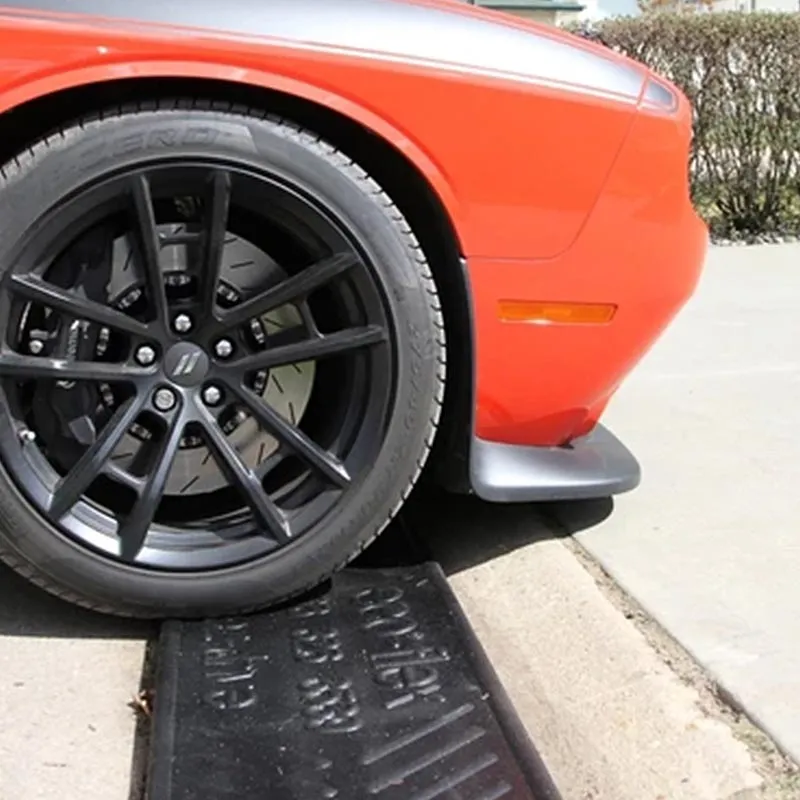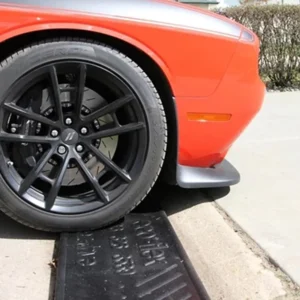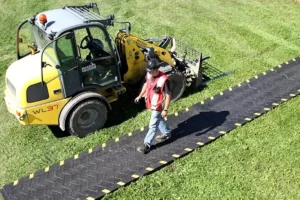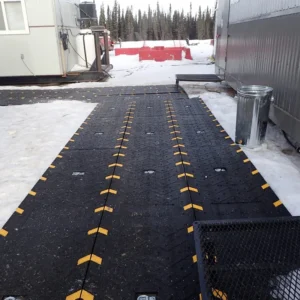Tackling the Global Tire Waste Crisis
Did you know that over 1.5 billion tires are discarded every year? Most end up in landfills or illegal dumping sites, taking centuries to decompose and creating severe environmental hazards. Whole tyre reclaimed rubber is extracted from these retired tires to be used in a plethora of industrial applications, reducing waste and contributing to a more sustainable future.
Cutting Carbon Emissions with Reclaimed Rubber
Virgin rubber production is a resource-heavy process that involves deforestation, excessive water use, and high energy consumption. In comparison, manufacturing WTRR reduces carbon emissions by up to 90%, helping rubber manufacturers shrink their environmental footprint while maintaining high product quality.
Eliminating Toxic Pollution from Tire Burning
Burning waste tires releases harmful toxins like dioxins, PAHs, heavy metals, and carbon monoxide, leading to air pollution and posing serious health risks. Switching to WTRR can prevent these hazardous pollutants from contaminating the environment.
Financial Advantages
Lower Material Costs
Virgin rubber prices are volatile due to raw material scarcity and rising production costs. WTRR, however, is 30-50% more affordable, making it a cost-effective solution for manufacturers looking to optimize expenses without sacrificing quality.
Resource Efficiency
Recycling tires into WTRR requires less energy than producing new rubber. There will be lower electricity and fuel costs, making production more sustainable and budget-friendly.
Reliable Supply Chain Stability
The rubber industry often faces supply chain disruptions and price fluctuations. With WTRR, manufacturers gain access to a steady, sustainable supply of raw materials for consistent production and cost predictability.
Busting the Myths About Reclaimed Rubber
Exceptional Strength & Elasticity
A common misconception is that reclaimed rubber is weaker than virgin rubber. However, modern processing technology enables WTRR to retain its elasticity, tensile strength, and durability, making it suitable for many applications.
Enhanced Product Longevity
WTRR matches virgin rubber in performance and can extend product lifespan by increasing resistance to wear and tear. This is why industries like automotive, construction, and footwear rely on it for high-performance applications.
Easier Molding
Compared to virgin rubber, WTRR is more flexible and easier to mold, allowing manufacturers to create complex designs with minimal waste. Using WTRR, your production efficiency will skyrocket while maintaining high-quality standards.
Debunking Common Misconceptions About WTRR
Reclaimed Rubber is Low-Quality
This outdated belief has some legitimacy as early versions of reclaimed rubber lacked consistency. Nowadays, advanced refining techniques make WTRR to meet industry standards and perform on par with virgin rubber.
It’s Not Eco-Friendly Enough
Some critics argue that reclaiming rubber involves chemical processes that cause considerable damage to the environment. However, modern WTRR production uses minimal chemicals and is significantly cleaner than traditional virgin rubber manufacturing.
Switching is Too Expensive
In reality, transitioning to WTRR saves industries money in the long run. Lower material costs, reduced energy consumption, and improved efficiency will always translate to higher profitability.
The Future of Sustainable Rubber is Here
The industrial world can no longer afford to ignore the environmental and economic impact of rubber waste. Whole tire reclaimed rubber (WTRR) is a sustainable, cost-effective, and high-performance alternative to virgin rubber. Opting for this rubber material can cut costs, improve efficiency, and help build a greener planet.
If you’re in an industry that relies on rubber, ask yourself: Why stick to outdated, expensive, and unsustainable methods when a better solution is available today?
Frequently Asked Questions (FAQ)
How does WTRR compare to synthetic rubber?
WTRR is more environmentally friendly and cost-effective, while synthetic rubber relies on petroleum-based materials, leading to pollution and price instability.
Can WTRR be used in high-performance applications?
Yes! Many industries including automotive, construction, and sports equipment already use WTRR as it’s durable and resilient.
Is transitioning to WTRR difficult for manufacturers?
Not at all. Many companies successfully blend WTRR with virgin rubber for a smooth transition without compromising quality.
Does this reclaimed rubber have a shorter lifespan?
No. With modern refining processes, WTRR products last just as long as those made from virgin rubber.
Where can industries source high-quality WTRR?
Many eco-friendly suppliers and recycling plants now provide premium-grade WTRR, making it widely available as a sustainable choice.
Choosing whole tyre reclaimed rubber is a win-win solution as it has better economics, superior performance, and a positive environmental impact. The future of rubber is sustainable. Are you ready to be part of it?



